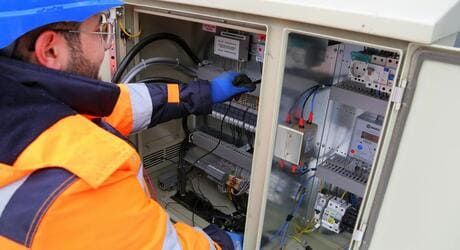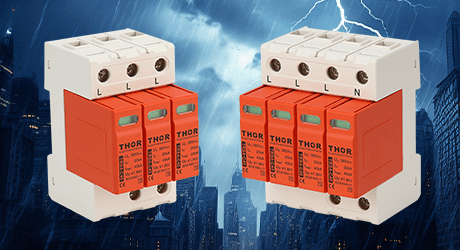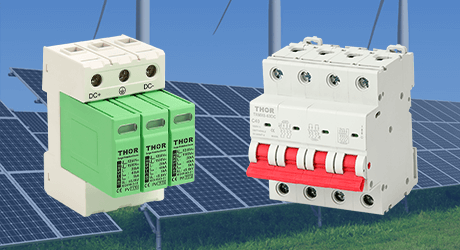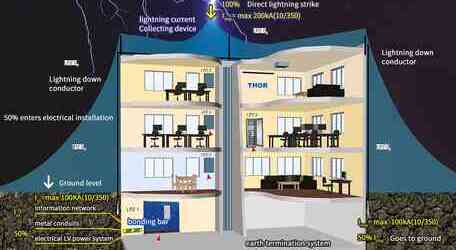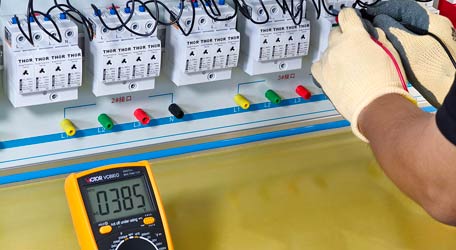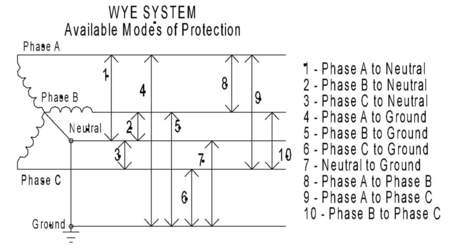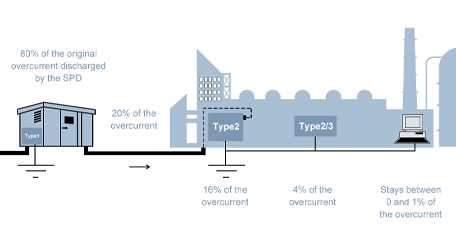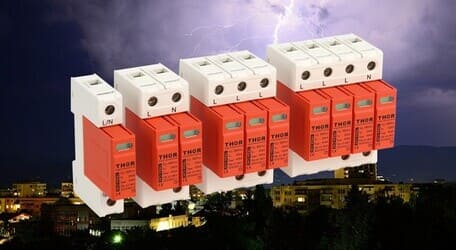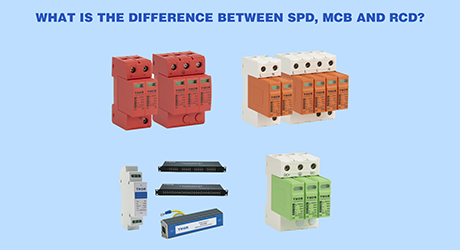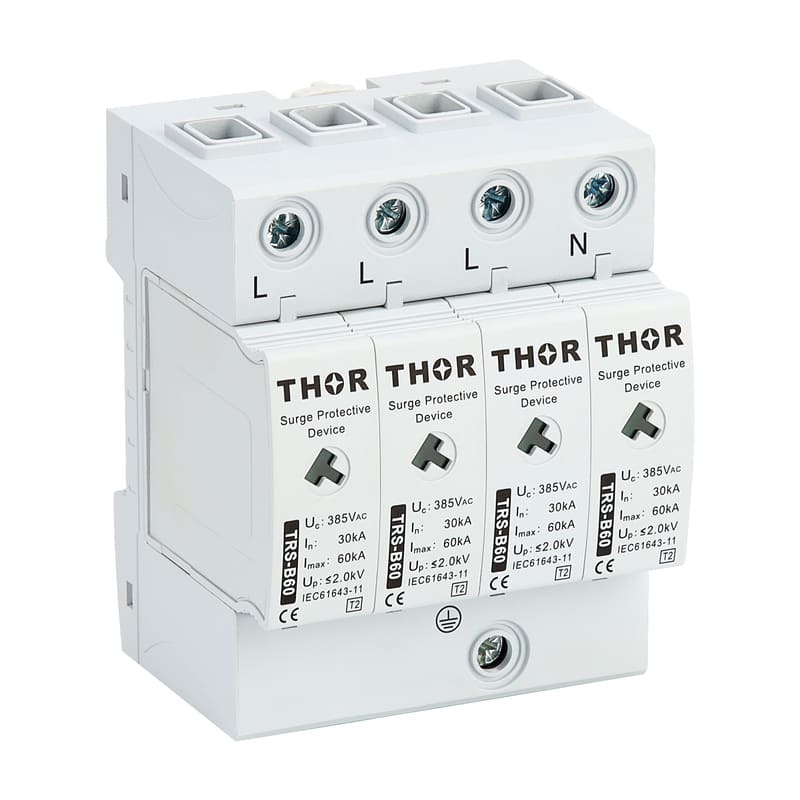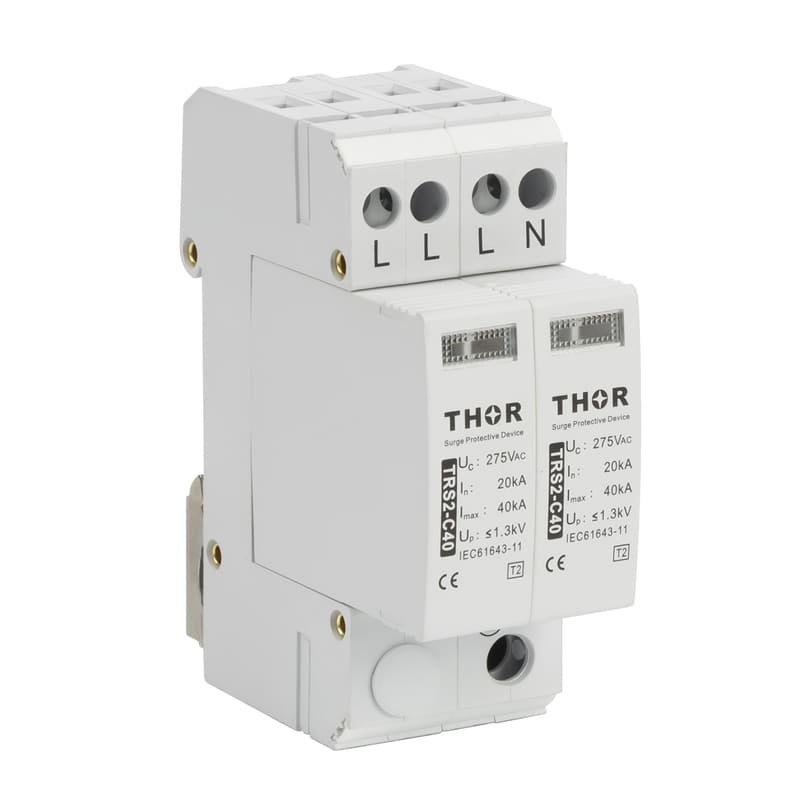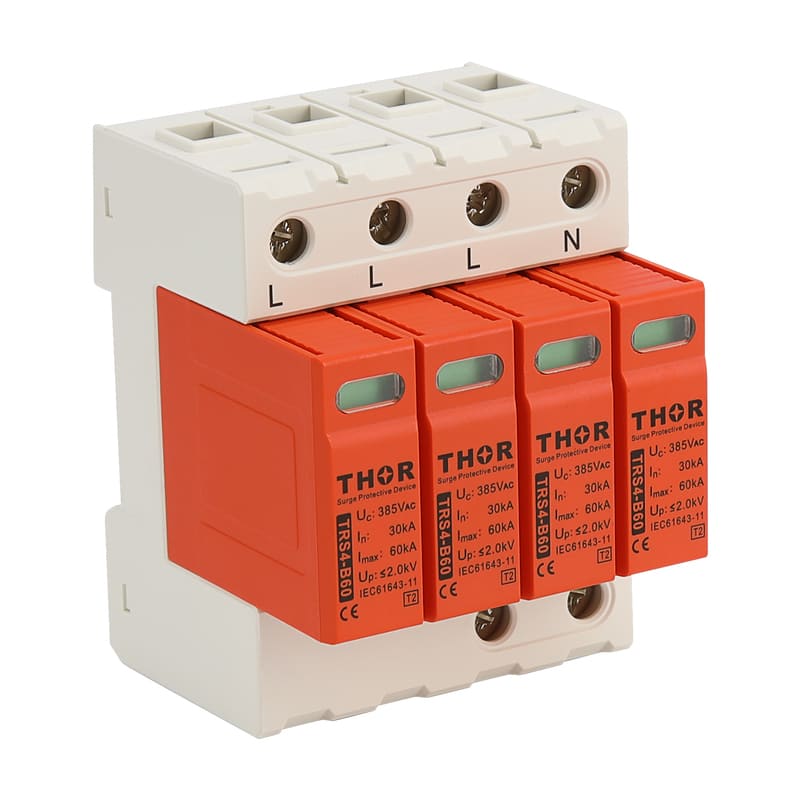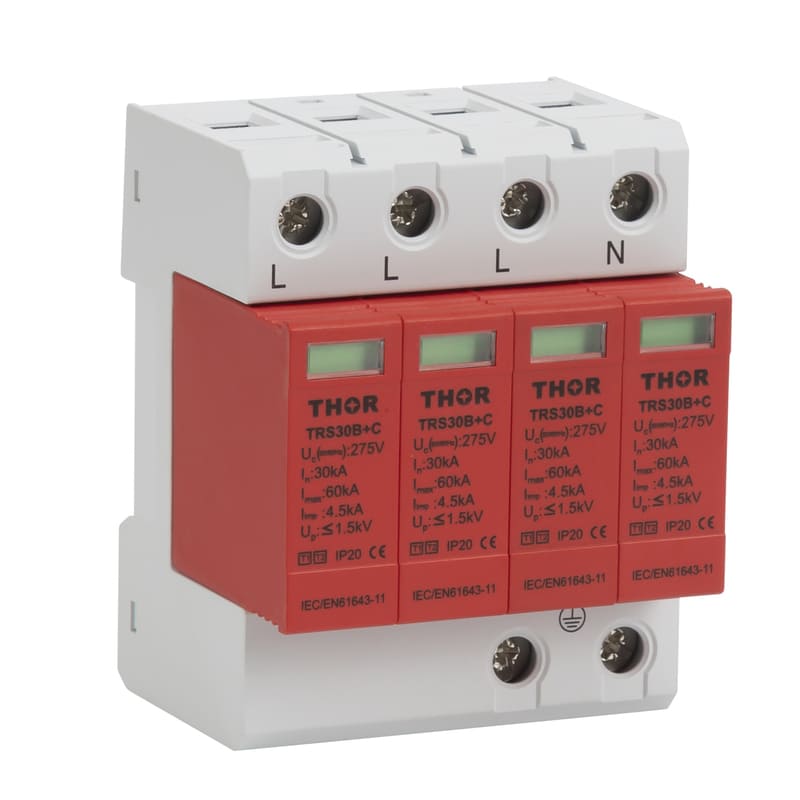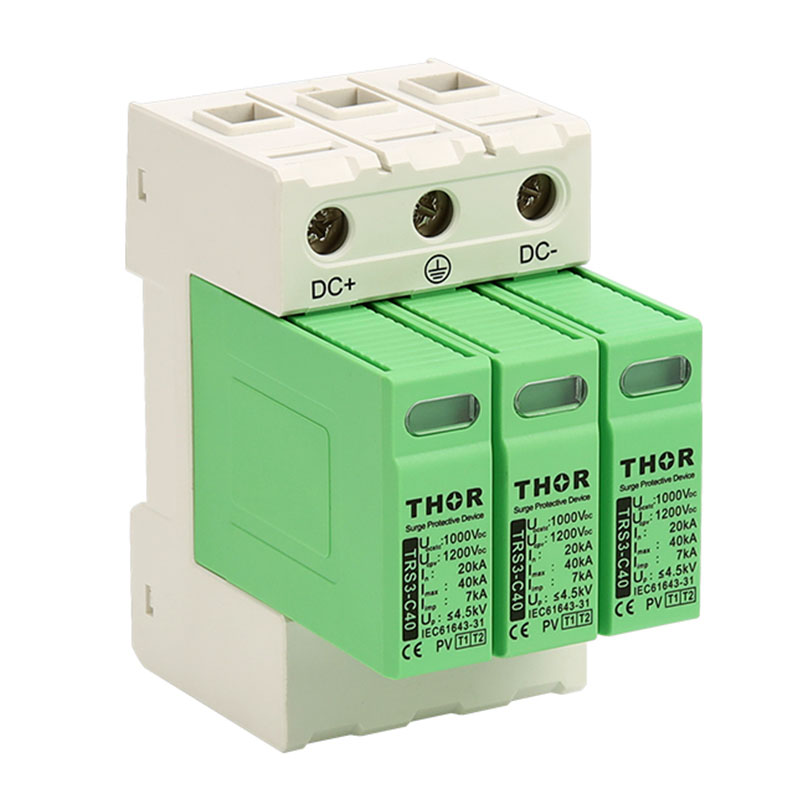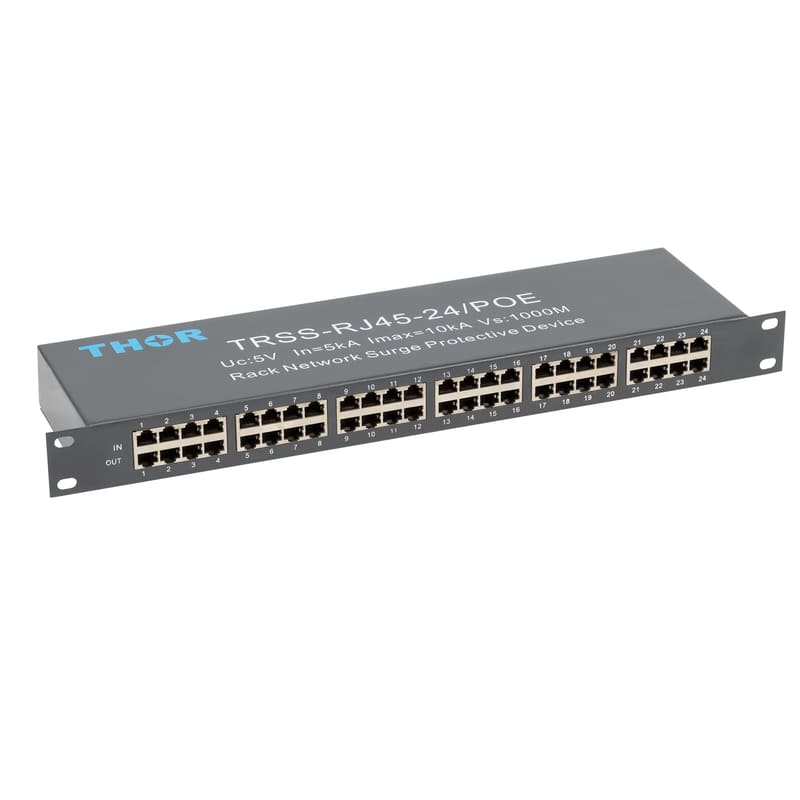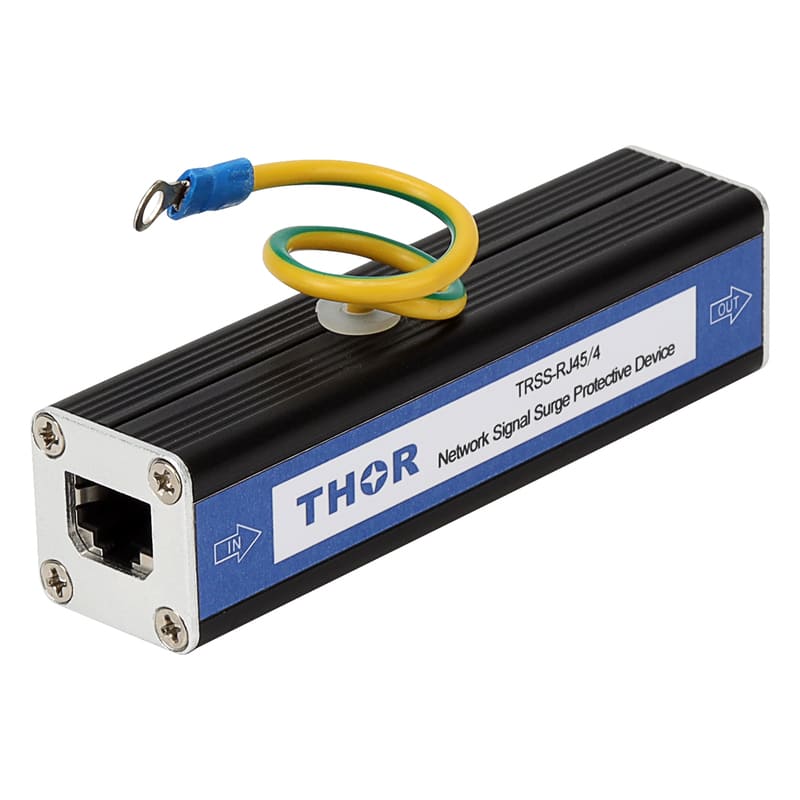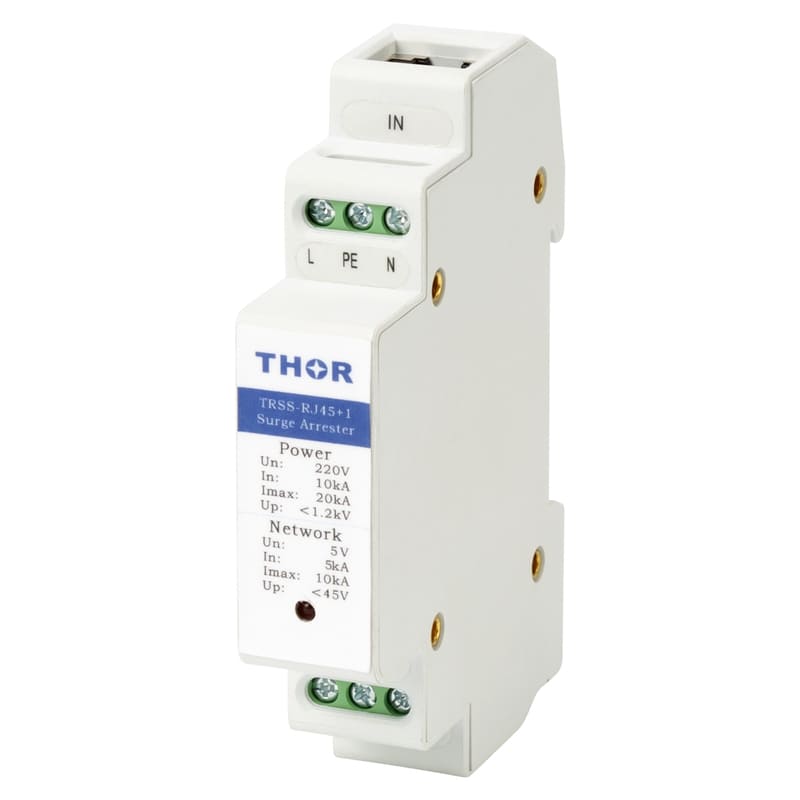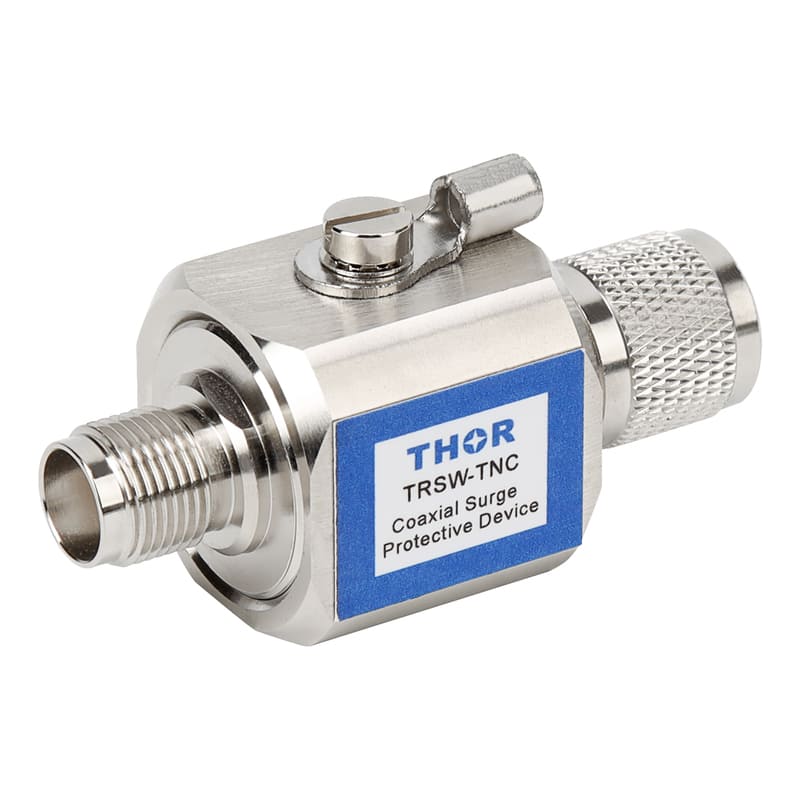Introduction of EV charging and charging piles
The development of electric vehicles can enable each country to better fulfill the task of energy conservation and emission reduction. Environmental protection travel is one of the development directions of the automobile field, and electric vehicles are one of the development trends of the future automobile. In the global environment of environmental protection, electric vehicles are more and more recognized and loved by consumers. As the power source of electric vehicles, the power battery can only travel a limited distance on a one-time charge, so the charging pile comes into being.
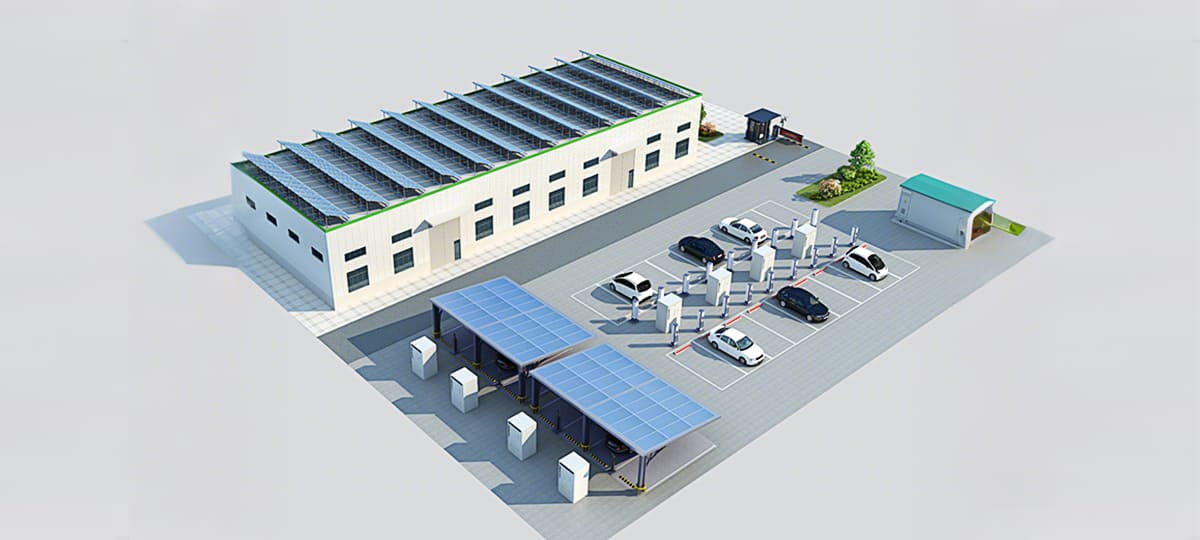
Large-scale EV charging plant
The charging pile is a metal body built outdoors. When there is lightning activity nearby, the thunderclouds will generate electrostatic induction, which makes the charging pile in the charged state be induced and have a high voltage, resulting in the occurrence of lightning strikes. In addition, when the charging pile is located in an open and flat area, it may suffer from direct lightning strikes. Lightning current or high pressure may bring electric shock threat to the charging pile and nearby personnel.
Generally, AC charging pile is composed of pile body, power input interface, charging interface, protection circuit, control circuit and safety protection device. If necessary, metering device, card reading device, human-computer interaction device and communication interface can also be added. In order to protect the normal and safe use of charging pile, relevant lightning prevention measures must be taken.
Why do we need lightning and surge protection for EV charging and charging piles
At present, a large number of charging piles are being arranged in China and lightning protection of charging piles is urgent. In practical applications, most of the charging piles are in the outdoor or car charging stations, and the outdoor power supply line is vulnerable to the impact of inductive lightning. Once the charging pile is struck by lightning, the charging pile cannot be used without saying, if the car is charging, the consequences may be more serious, and later maintenance is troublesome. Therefore, lightning protection of charging pile is very necessary.
Lightning and surge protection measures for the power system:
Accessing Lightning Protection Zones
When setting up lightning and surge protection for power systems, it's crucial to understand the concept of lightning protection zones (LPZs). LPZs are defined areas in which the levels of protection vary according to proximity to lightning strikes and the surrounding infrastructure. In zones that are at high risk of lightning, such as open or exposed areas (e.g., charging stations), stronger protection measures are required to mitigate the effects of lightning.

Figure 1 - Surge protection device allocations depending on locations
Lightning protection zones help in determining where specific types of surge protective devices (SPDs) and lightning arresters need to be installed. By classifying zones based on the likelihood of direct or indirect lightning strikes, the electrical system can be safeguarded against overvoltages, whether caused by lightning strikes or other power system disruptions, such as switching operations or faults. Understanding and correctly applying the concept of LPZs secures that all parts of the power system are adequately protected, reducing the risk of damage during thunderstorms.
Proper and adequate earthing
Earthing is a fundamental component of any lightning protection system. When lightning strikes, it generates massive currents that can cause significant damage if not properly directed into the ground.
Earthing helps in dissipating the lightning current safely into the ground, reducing the risk of electrical fires or equipment damage. The design of the earthing system should take into account the surrounding environment and whether the installation is in an area where step or contact voltage could pose a safety risk. A mesh earthing system, in particular, helps in that any lightning current is spread across the entire installation, minimizing the impact on individual components.
Good grounding can not only protect the safety of electric shock prevention during charging operation, but also facilitate that the channel of lightning into the ground is smooth when lightning strikes, so as to prevent personnel from being struck by lightning.
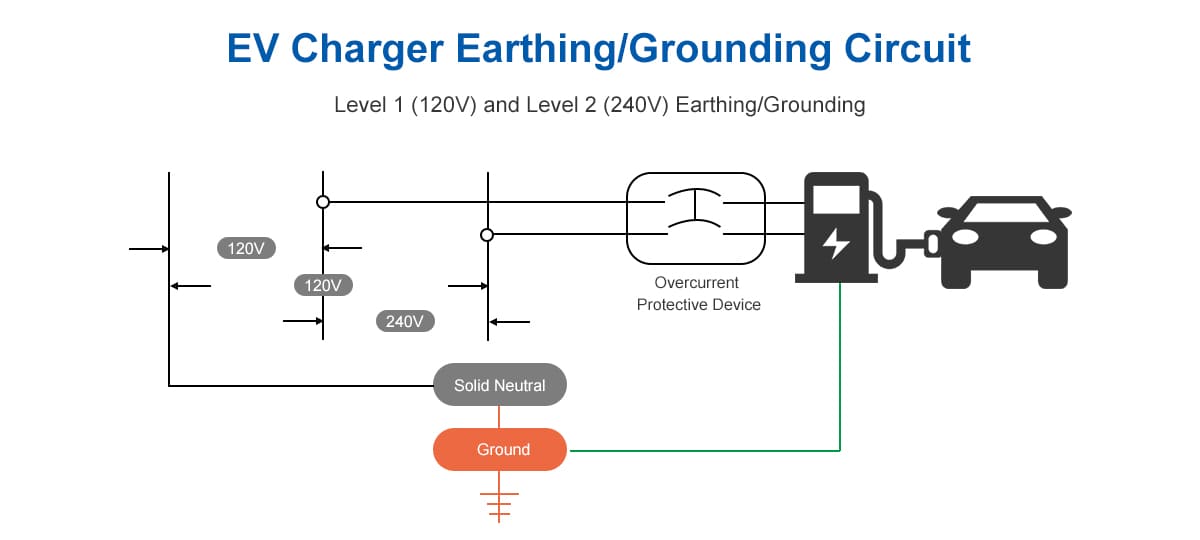
Figure 2 - EV charging grounding diagram
Among them, grounding by the PGND cable in the cable that provides AC power to the charging pile is effective for the personal safety caused by electric leakage, but it has little effect on the lightning protection safety, because the cross-sectional area of the PGND cable is relatively small, and the length of the cable may be relatively long, and they are concentrated in the charging stations beside the highway and in the site. Each charging pile shall be reliably grounded with the grounding system in the station.
According to IEC standards, proper earthing involves using earth rods or radial earth electrodes with specific dimensions and resistance values. For optimal protection, the earth resistance should ideally be below 10 ohms.
Concept of equipotential bonding
Equipotential bonding is the practice of ensuring that all parts of an electrical installation are at the same electrical potential to avoid dangerous differences that can lead to electric shocks. For lightning protection, equipotential bonding is especially critical in preventing hazardous voltage differences between grounded elements during a lightning strike.
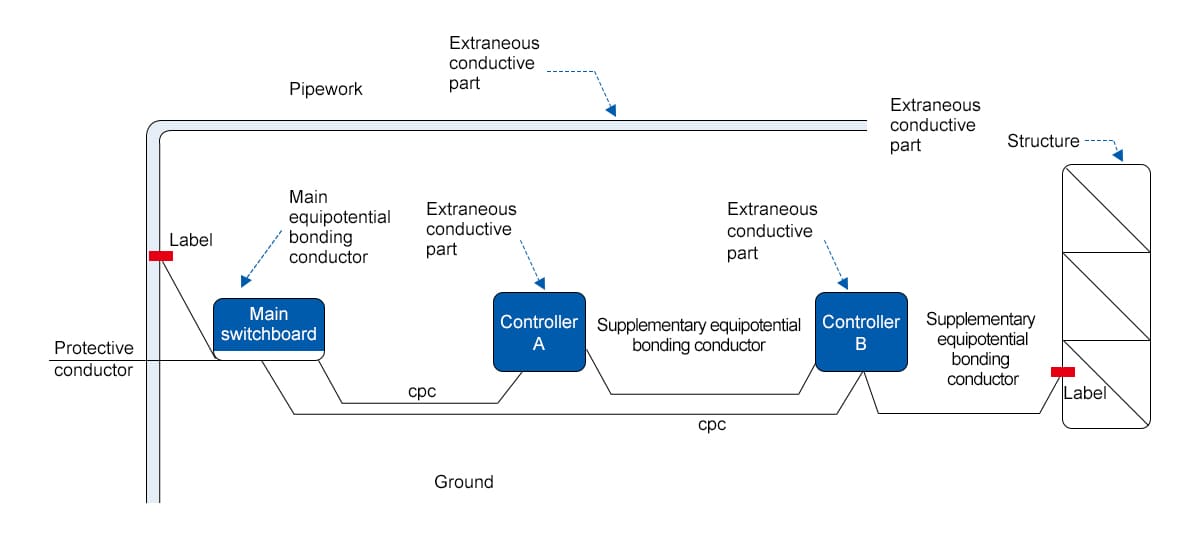
Figure 3 - Diagram of equipotential bonding
By connecting all conductive parts of the system, such as metal structures, earth rods, and electrical installations, to a common earth point, equipotential bonding makes sure that the lightning current can flow freely without creating dangerous voltage gradients.
Equipotential bonding is particularly important for charging stations, where different electrical components might be exposed to surge currents. The aim is to preserve the integrity and safety of the system, preventing damage to sensitive equipment like the charge controller or vehicle batteries and mitigating the risk of electric shock to personnel or users. Proper bonding reduces the likelihood of electrical arcing or equipment failures during storms or surge events.
Surge protection devices
(1)AC charging pile, the output end of AC distribution cabinet and both sides of the charging pile are configured with Imax≧40kA (8/20μs) AC power three-stage lightning protection device. Such as THOR TSC4-C40.
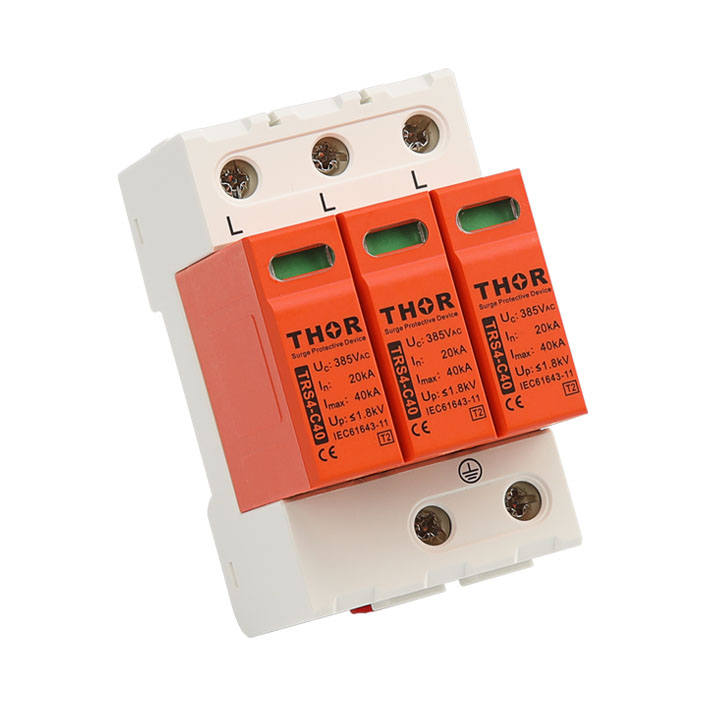
TRS4-C40 type 2 PV surge protection device
(2)DC charging pile, the output end of DC distribution cabinet and DC charging pile on both sides of the configuration of Imax≧40kA (8/20μs) DC power three-stage lightning protection device. Such as THOR TRS3-C40.
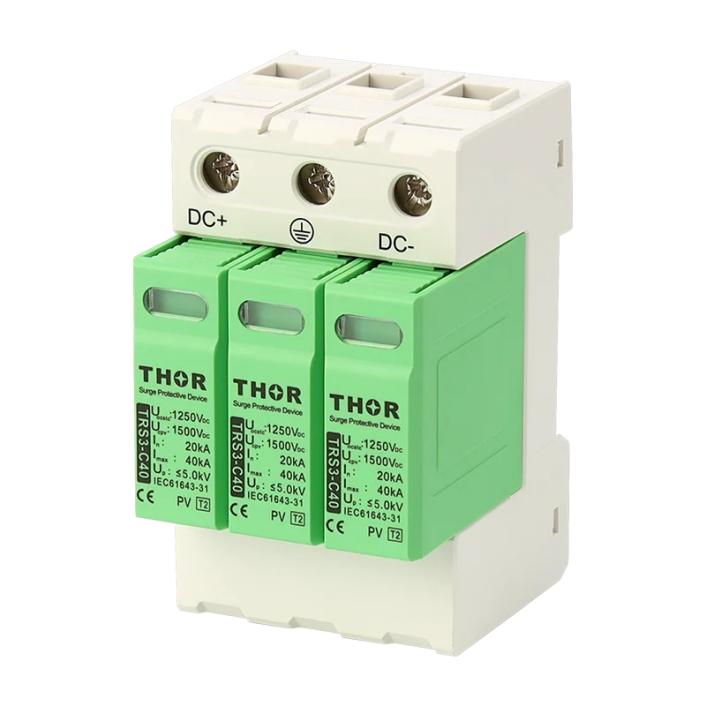 TRS3-C40 type 2 PV surge protection device
TRS3-C40 type 2 PV surge protection device
(3)In the input end of AC/DC distribution cabinet, configure Imax≧60kA (8/20μs) AC power supply secondary lightning protection device. Such as THOR TRS4-B60.
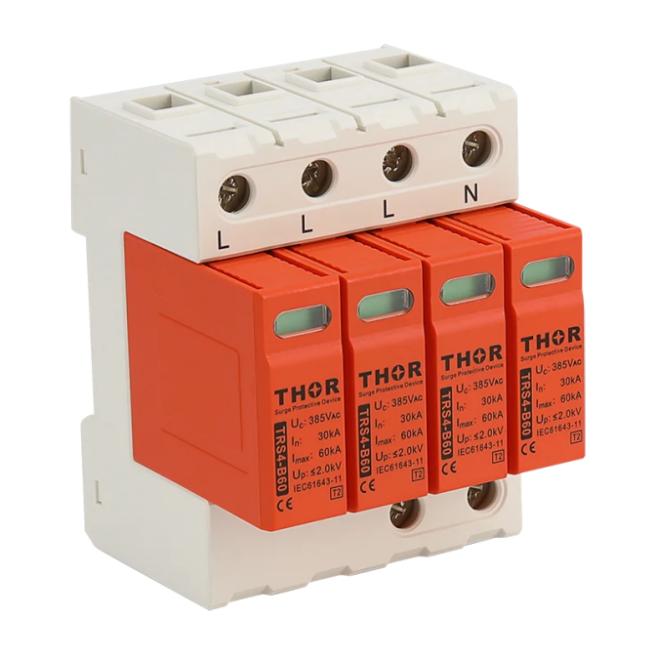
TRS4-B60-4P type 2 AC pluggable surge protective device

